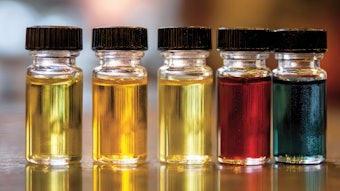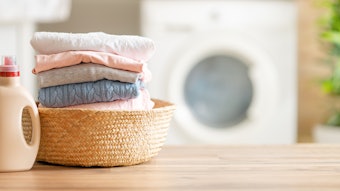Odour evaluation is usually considered by nonprofessionals, especially trade people, to be a mysterious mixture of scientific magic tricks and perfumers’ voodoo giving ambiguous results fomenting difficult and hopeless disputes on product quality and value. To some extent, such an opinion is correct. When looking for efficient and simple methods of odour evaluation one requires books, publications, recommendations and standards which need a superqualified staff, sophisticated equipment and a good computer to process data. They are definitely necessary in olfactory research where most exact and reproducible data are requested.
It should be said here that research on chemoreception which also covers sensory-olfactory analysis forms an important branch of science organized within the European Chemoreception Research Organization (ECRO). This kind of research is basic for the problem of odour quality evaluation discussed here.
One should understand that all works on standardization and the best instrumental methods of analysis will not answer the simple question: “Is that sample good or not?” It is well known that an essential oil may comply with all standards and data and be totally unacceptable for perfumery use, and that the opposite may also, although rarely, be true.










